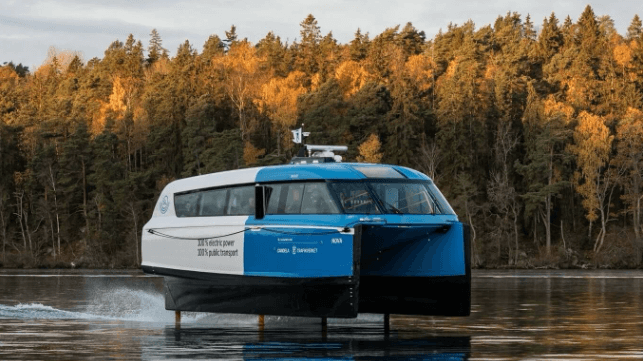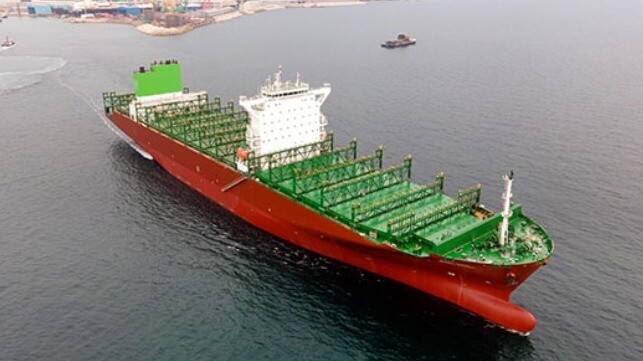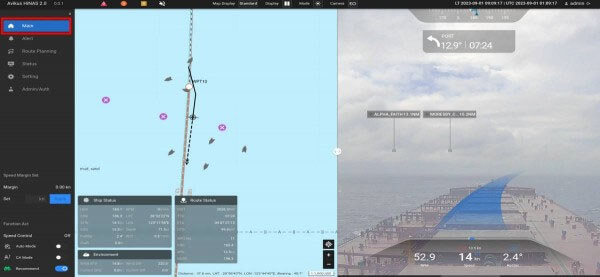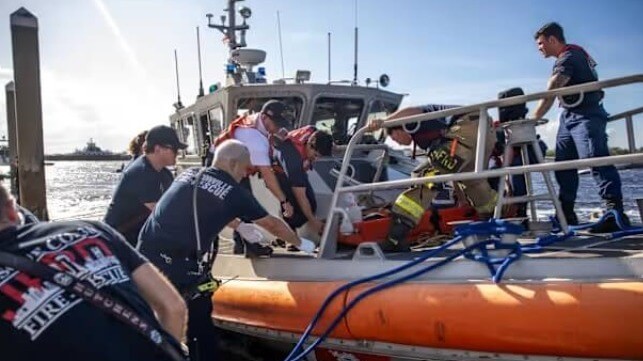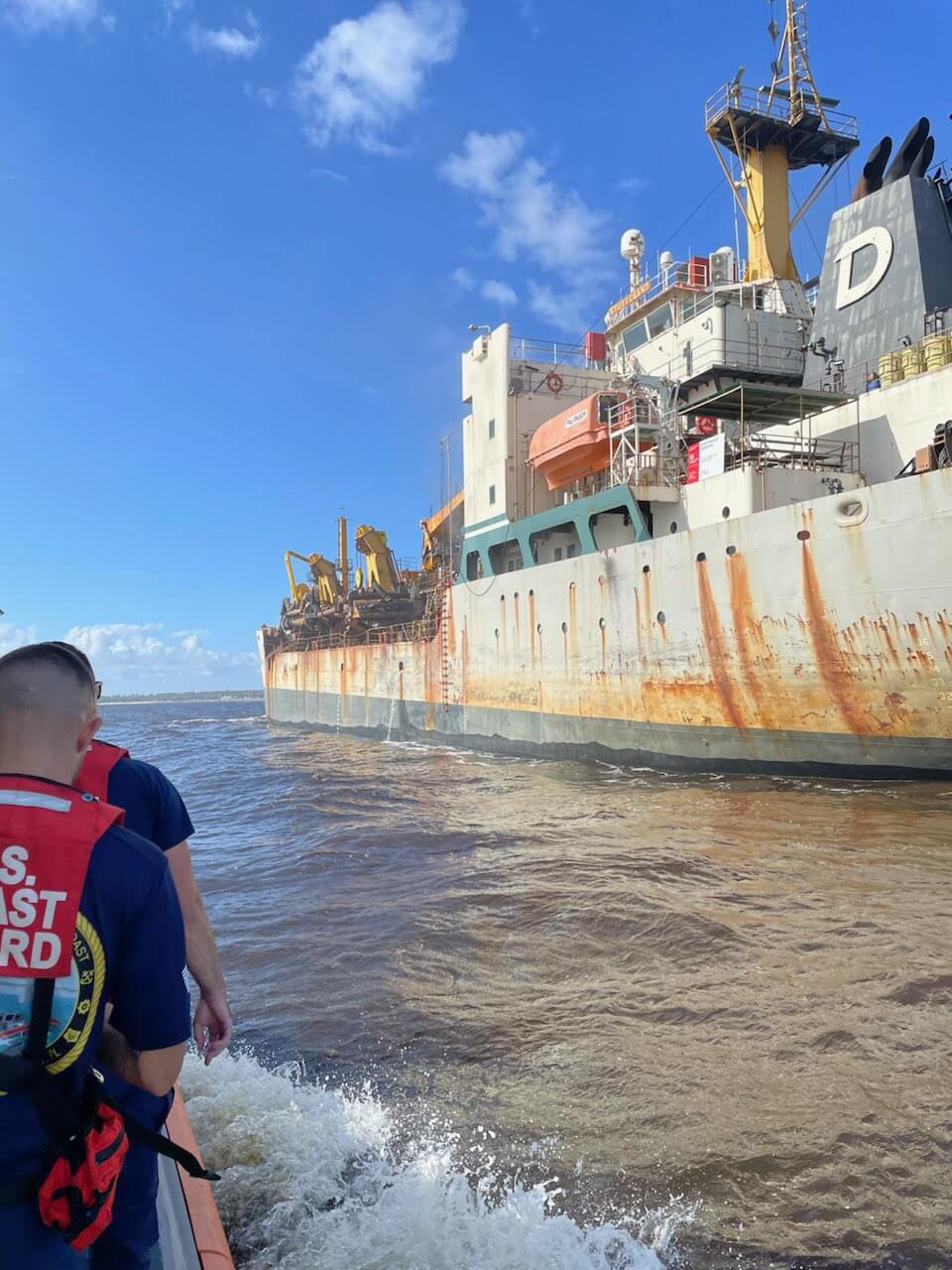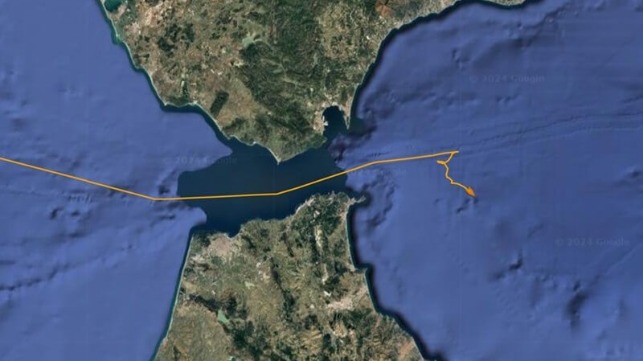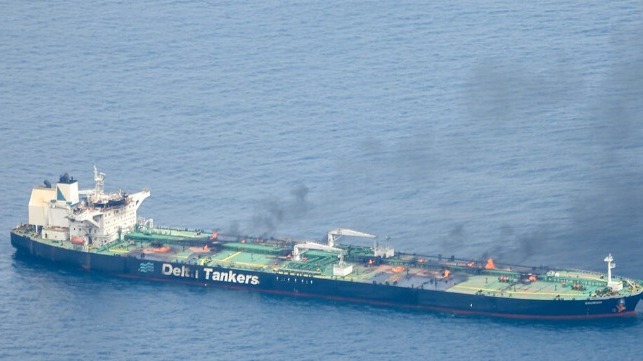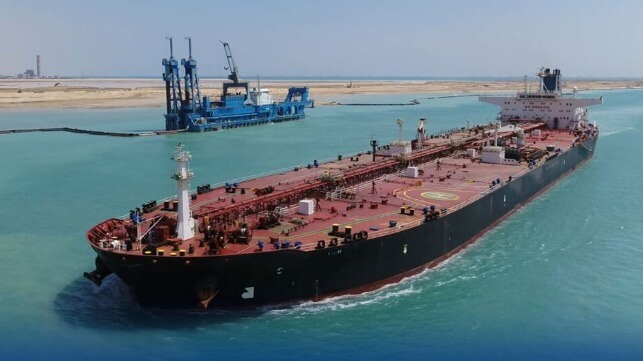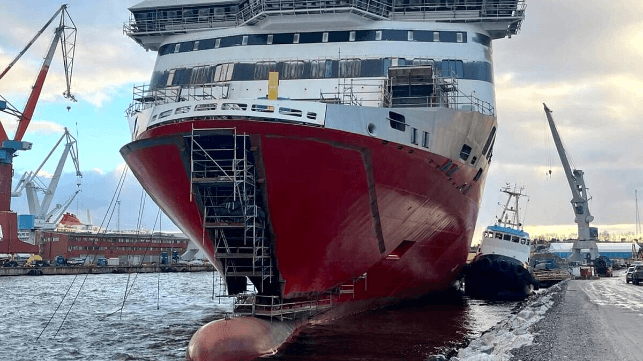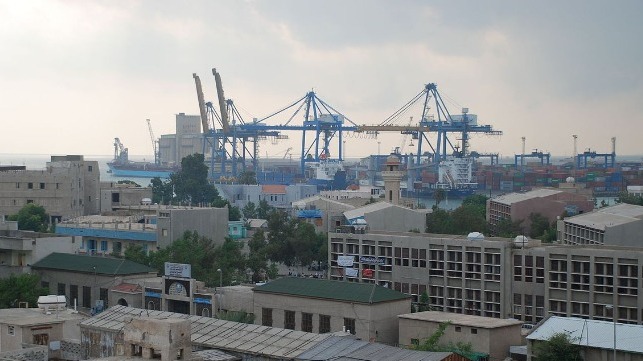Peter Bryant | November 4, 2024
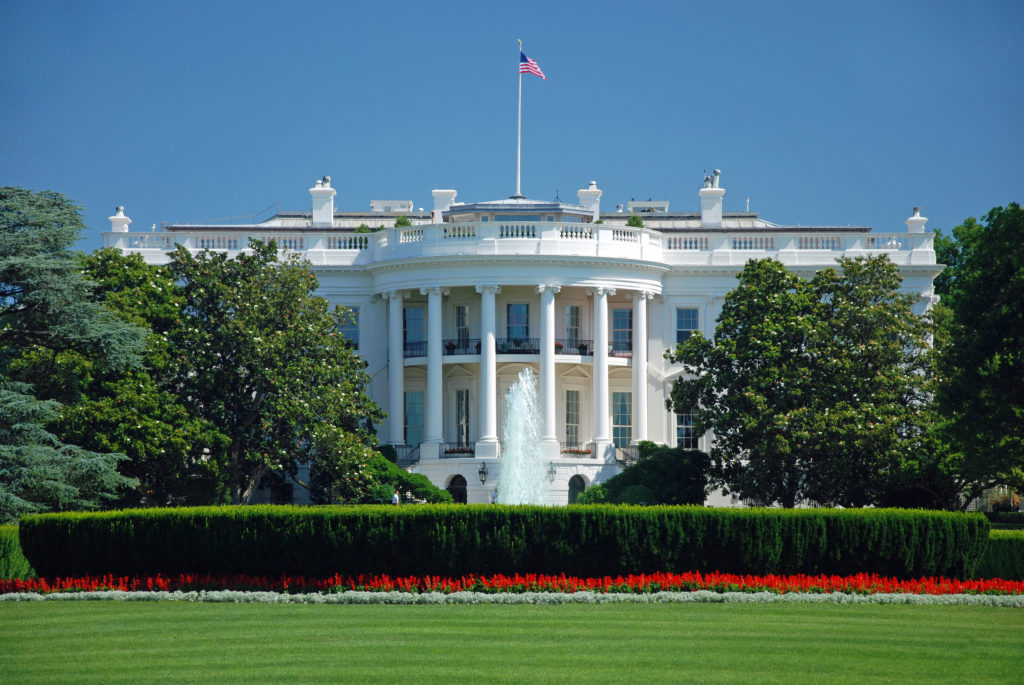
The White House. Stock image.
Both Presidential nominees Kamala Harris and Donald Trump have backed laws to promote minerals extraction and processing while in the White House. While conversations about critical minerals have been largely absent from the campaign trail, hard and fast decisions must be made whoever sits in the Oval Office in January.

Minerals such as copper, zinc and lithium — all of which comes from mining — and their security will need more than promises and good will to build affordable, reliable and secure energy systems.
When the United States and more than 140 countries pledged to get to net-zero carbon emissions by mid-century, they were committing themselves to deploying vast amounts of new solar panels, wind turbines, batteries and other infrastructure. This transition will dramatically increase demand for minerals and metals, which could lead to a minerals famine. The U.S. is particularly unprepared
Decades of offshoring have resulted in an over reliance on minerals supply from other countries. We need to reverse course to meet impending demand. No matter if you’re casting a vote for Harris or Trump, the U.S. needs a clear and aligned strategy for minerals development globally.
Reinvigorating the industry is a matter of national and energy security.
The U.S. government is taking some steps to address mineral security. The incentives in the Inflation Reduction Act of 2022 are designed to jump-start mining and processing minerals from both our country and our allies. In the bipartisan Infrastructure Investment and Jobs Act, signed into law in 2021, Congress supported programs to better characterize U.S. geological resources, showcase novel production technologies and get federal land managers to permit mining projects for critical minerals more expediently.
The Department of Energy and other agencies are working with companies to support new operations for recycling, refining and producing minerals from nontraditional sources, such as using plants to extract nickel from the soil.
While these efforts are worthwhile, they only chip away at the edges of a larger problem, failing to address its full scale and urgency. The lack of a comprehensive and climate-coherent strategy for mining – domestically and internationally – will hinder efforts to advance the global energy transition and prevent the U.S. from constructively engaging in the new mineral economy.
Stakeholders including investors, mining firms and governments in resource-rich states and countries know that the U.S. wants to develop new and more secure supplies of these minerals. The heart of the challenge is that government and industry players need to have more confidence in each other.
Domestically, a key source of uncertainty for developers is the prospect of being bounced between municipal, state and federal agencies in search of permits for new projects. These delays and regulatory uncertainties discourage investment. This uncertainty has made the U.S. as one of the worst countries in the world for permitting a new mine, forcing mining companies to focus on expanding production in existing operating mines rather than building new ones.
For instance, working with the state of Nevada, the federal Bureau of Land Management has approached this issue by opening up dialogue before a project application is filed. Simply by holding meetings with project developers and stakeholders at all levels of government, the process of hearing input and advancing projects has been made more direct. The Department of the Interior has recognized this need in a recent report, and it is critical that we see these practices adopted nationwide as soon as possible.
Abroad, the U.S. faces a separate set of challenges. When it comes to enabling resource development, the U.S. has developed the reputation for being quick to lecture and slow to deliver. China, by contrast, moves deliberately to establish diplomatic and economic ties that enable its companies, which are often state-backed, to develop projects and bring minerals to market. That results in projects that typically have greater negative impacts for Indigenous communities, the environment and labor.
Resource-rich countries want to see resource development contribute more significantly to their economic prosperity. The model of mineral development must evolve from the historical extract-and-ship model to one that is actually invested in the economic prosperity of countries and communities. It must prioritize financial and political sustainability as much as environmental sustainability.
This means the U.S. should focus on building broad support for projects, establishing trade and investment arrangements with resource-rich countries and directing federal money to project support where it pays off in new resources and local economic development. Such an approach will create a compelling value proposition to resource-rich nations that are looking for partners beyond China.
Lack of public trust
Still, a more active government will need a trustworthy partner. At present, the mining industry is the least trusted industry of any in meeting societal goals, according to GlobeScan’s 2023 global survey measuring public trust in different industries. Ironically, when we need this industry the most, it is least trusted. That lack of trust extends to its relationship with the government. Politicians hesitate to back projects or support initiatives that risk not being developed or may result in human or environmental damage.
To ensure long-term political and policy support, the industry will need to demonstrate its commitment to delivering both mineral products and high standards of development around the world. To accelerate progress, the industry needs to lean into its shift to become a development partner with governments and communities, build champions in civil society and political leadership, engage with indigenous communities and host governments in new ways.
With rising concern about climate change and the security of supply chains, this issue is gaining bipartisan attention in Washington. For those most interested in climate change, accessing minerals will reduce costs and speed of the energy transition.
When a country owns and controls a supply chain, it can better prepare for supply shocks when they occur. For those most interested in security, minerals access reduces dependence on the Chinese firms that have captured significant parts of the global industry. De-risking supply chains is front-of-mind for U.S. policymakers, who would like to see supply chains brought home or diversified amongst more friendly countries and firms without close connections to the Chinese Communist Party.
We need to move quickly to make this happen. Major mining projects in the US can take 10-plus years to permit. Without a new model, any new project today will only begin production in the 2040s. Accelerating that timeline will help prevent mineral shortages that pose huge risks to achieving the swift and secure energy transition that companies and governments seek.
Peter Bryant is a managing director and board chair of Clareo, an international strategy consulting firm focused on natural resources, energy and food industries.


